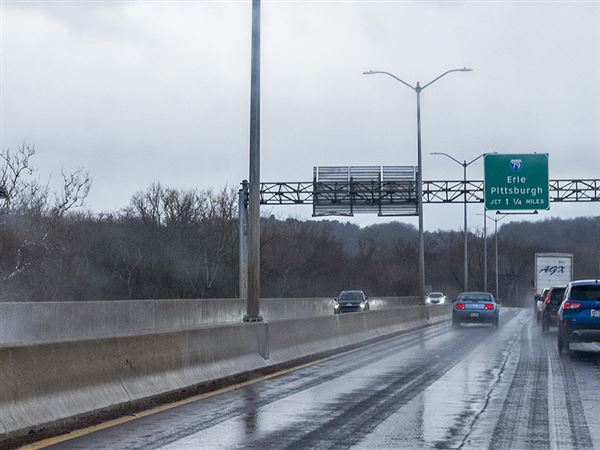The long-term mismanagement of nursing homes by private equity firms has reached a tipping point, resulting in over 20 bankruptcy filings in local elder care facilities in just a few weeks. It’s only the beginning of turmoil for nursing homes run by private equity, and the terrible results should be a lesson guiding future oversight.
Private equity company Carlyle Group pioneered the business strategy for maximizing the (short-term) profitability of nursing homes in 2007, when the firm bought ManorCare nursing facilities, including 46 facilities serving 7,000 patients in Pennsylvania. At the time, officials with the company assured skeptical state regulators that the massive sale would not affect the quality of care.
The company filed for bankruptcy 11 years later, eventually defaulting on $380 million in loans.
Private equity firms extract money from nursing homes in a process called a “sale-leaseback,” or selling the land out from under the facilities for lump payments. Nursing homes are suddenly forced to pay rent or “management fees” to occupy facilities they once owned. This is the same process, in a much less sensitive business, that resulted in the bankruptcy of the Red Lobster restaurant chain.
This new financial burden, along with chronic staffing issues and low government reimbursement rates for care, have created an untenable situation for elder care in Pittsburgh and across Pennsylvania. Now, many of the private equity companies that followed the Carlyle model are also going bankrupt.
Some of them are trying to avoid closure through quick sales using bankruptcy court deals. The operators of multiple nursing homes in the Pittsburgh area, LME Family Holdings and Ephram Mordy Lahasky, are trying to sell four facilities before they are forced to shutter them. The four nursing homes owe $15.7 million in back rent — in this case to an Arkansas-based real estate investment trust — and $15 million in state fees.
The companies are requesting that the court set aside two lawsuits against these facilities. One suit, from the U.S. Department of Labor, concerns $20 million in unpaid overtime wages to healthcare staff, and the other alleges the facilities falsified documents relating to Medicaid and Medicare investigations.
In other words, the choices are either to force irresponsible companies to pay their debts and lose hundreds of needed nursing beds, or to dismiss millions in debts and lawsuits to ensure care for these vulnerable people continues — at least for a time. The current operators are trying to outrun the clock and find new owners, betting on the dire need to keep skilled nursing facilities open to save the business in bankruptcy court.
The government can’t simply stop companies and trusts from buying up care homes, but the Biden administration has published a rule, which goes fully into effect later this year, requiring that facilities that receive Medicare and Medicaid funds — essentially all of them — disclose their ownership. This will hardly solve the problem, but it will allow families to make informed decisions about their loved ones’ care.
And hopefully it will shift incentives against vulture capitalists, and toward operators that put their patients, not profits, first.
First Published: June 14, 2024, 9:30 a.m.
Updated: June 14, 2024, 2:19 p.m.

















